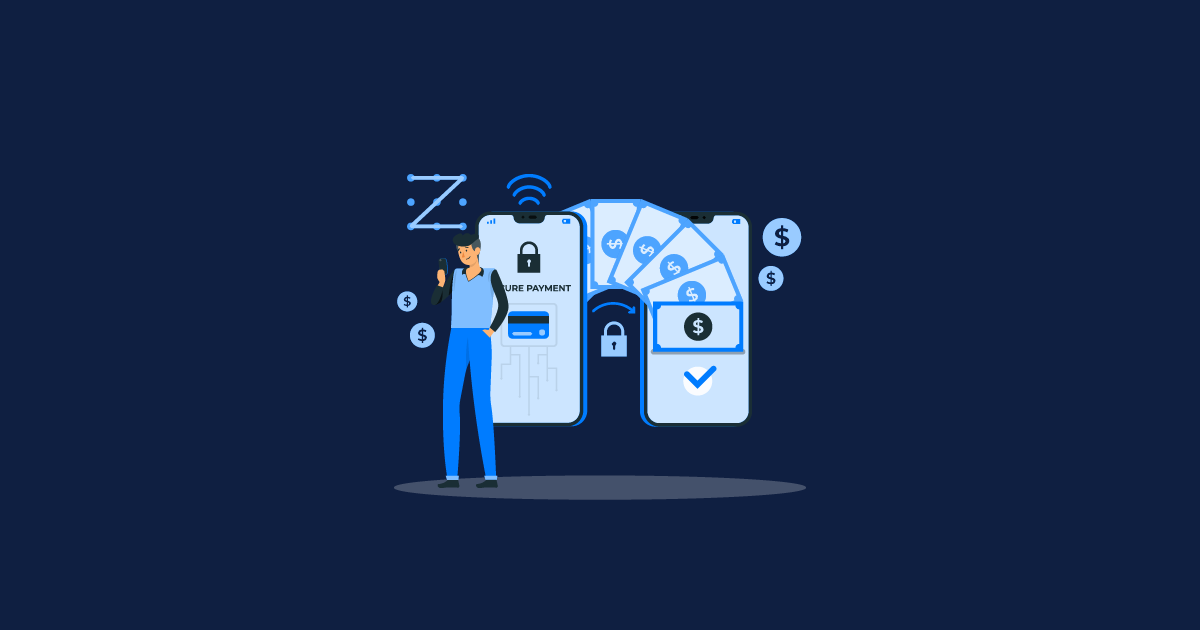According to the Consortium for IT Software Quality (CISQ), poor quality software cost businesses USD 2.8 trillion in the US alone in 2018. Ars Technica, in one of their studies, found that for every thousand lines of code written, there are 100-150 errors. Insufficient software testing risks more than the loss of user data, money, and ultimately customer reliability.
How Serious is Inadequate Testing?
There was an incident where a Boeing aircraft had a glitch in the software that occurred due to technical errors during coding. Due to the software failure, the aircraft crashed and killed 346 people and destroyed the 737 max aircraft.
Another example is RBI’s Bό, the digital bank. Six months after releasing the app to the public, users were flooded with bugs, and compliance glitches forced many users to replace their cards.
Bό’s Google Playstore rating dropped to 2.5, a significant factor that 42% of smartphone users verify before downloading an app. The teams spent the first three months fixing the bugs. But, these efforts were rendered inadequate as customers had already lost trust in the application, and Bό was shut down.
These cases point to 3 big problems that come with inadequate software testing:
Insufficient software testing risks the loss of big money
Software bugs need to be rectified immediately. Most QA specialists use agile or continuous testing during pre-product launch testing to locate bugs and make immediate fixes. But post product launch, the bugs become deeply ingrained in the software. The cost to fix bugs after the development of the product is complete takes extensive working hours, increases downtime, and a loss in productivity.
The cost of fixing bugs increases as the time to discover these bugs increases. When we identify bugs while testing, the costs are 80-100 times cheaper and 50 times faster than fixing a bug post product launch into the market.
Inadequate software testing does not please customers
Apps and digital platforms hold massive user data, and almost all are personal and highly sensitive data like bank details and personal identity information. Glitches and bugs can result in loss or mix-up user data or cause serious security breaches.
One of the most prominent security breaches happened in 2020 – Zoom App. The platform was significantly used for online education and remote working, later declared by the Indian Government and other International Governments as an insecure platform. They revealed that the video conferencing feature on the app was not secure and was subject to cyber-attacks which put everyone on the platform at risk. It made users move to more secure competitors like Google Duo and Microsoft Teams. It has also reduced the credibility and reliance of the app in the market.
The best way to keep users happy is by ensuring that the software is subject to rigorous testing with an agile and continuous approach during the developmental stages. Once the software has been launched, QA testing and counteracting lousy feedback due to a glitch can be complicated.
Brands lose reputation with poor software testing
Dimensional Research, in their survey, reported that 95% of the users who had a bad experience with software or apps would pass on the negative feedback to their peers. Inc. says that one negative feedback can only be rectified with at least 40 positive feedbacks considering human behavior, basic mathematics, and simple logic.
Apple replaced Google Maps on the iPhone with an Apple version of the app. Apple used several data from satellite images, roads, and points of interest to establish the database. When they combined all this data, the Apple Maps app started to give directions to users to nowhere, into lakes, fields, etc. Despite fixing the bugs, Apple users disparage the app even today.
Solution: QA Outsourcing Eliminates Insufficient Software Testing Risks
Development and QA testing must go hand in hand. However, QA testing is an extensive process that requires a dedicated team with experience and keen attention to detail. QA outsourcing gives businesses the sufficient provision to allocate resources, workforce, time, and costs for development. At the same time, the QA specialists perform superior quality assurance on the software in the development stages and post product launch.
QAonCloud comes in handy for companies with their 100% bug-free software quality assurance services. They ensure that the revenue is not impacted and guarantee a high ROI that prevents high risks and breaches that can cost a business a fortune without adequate software quality assurance.



